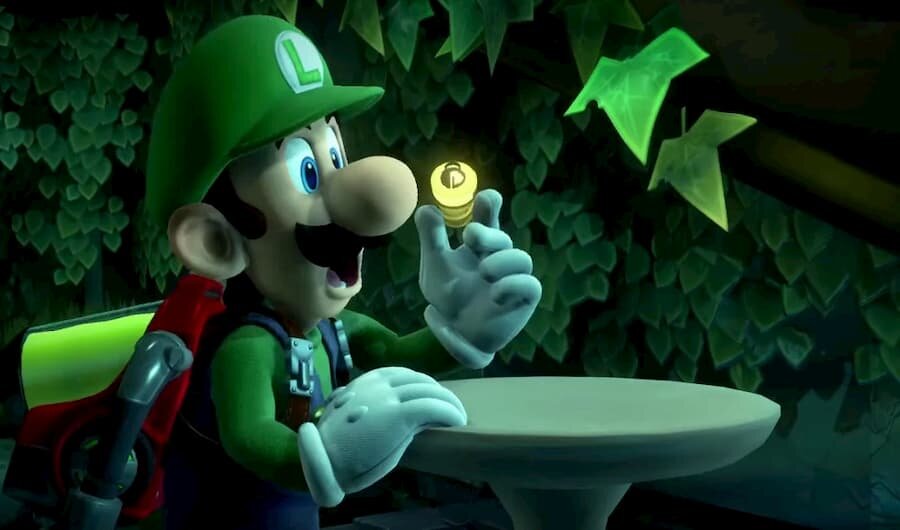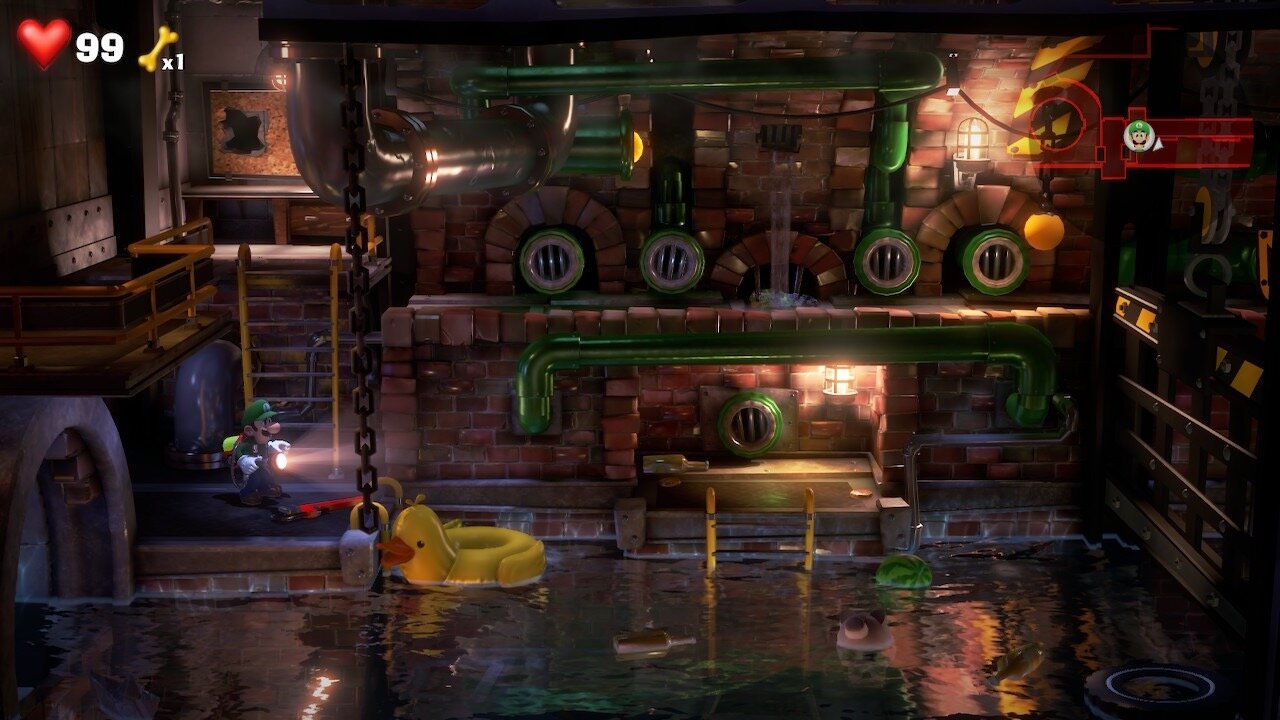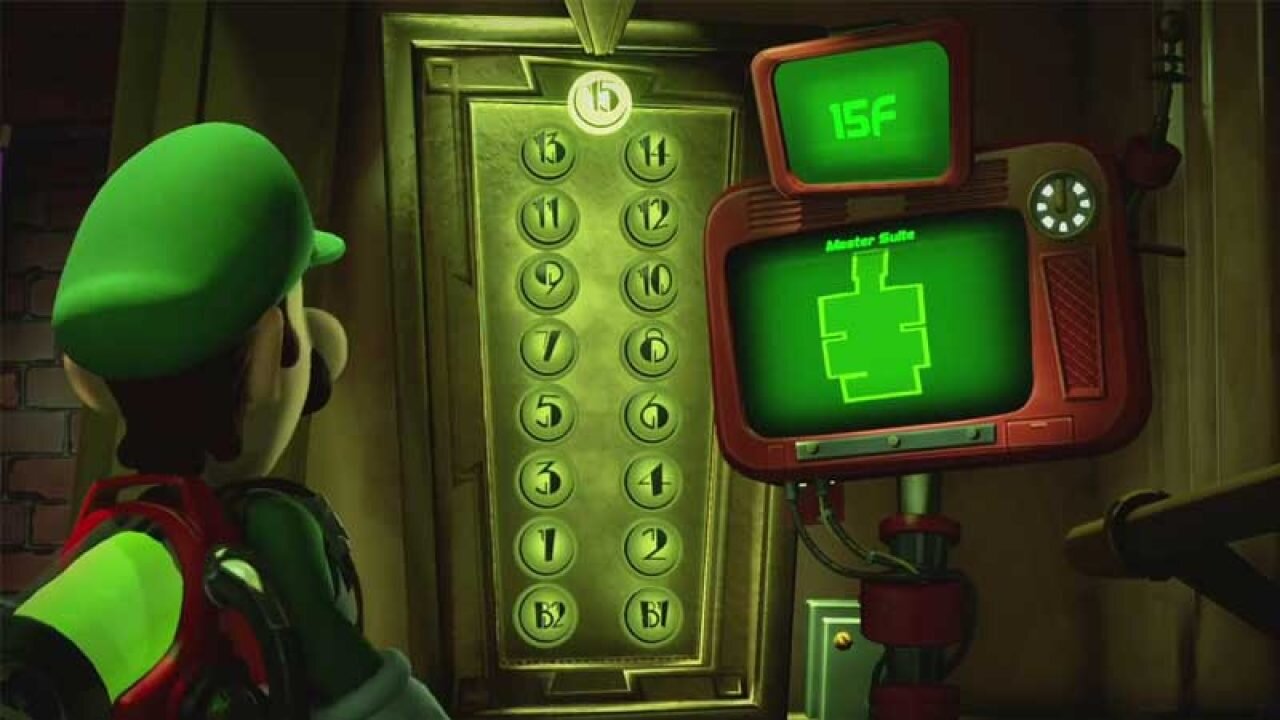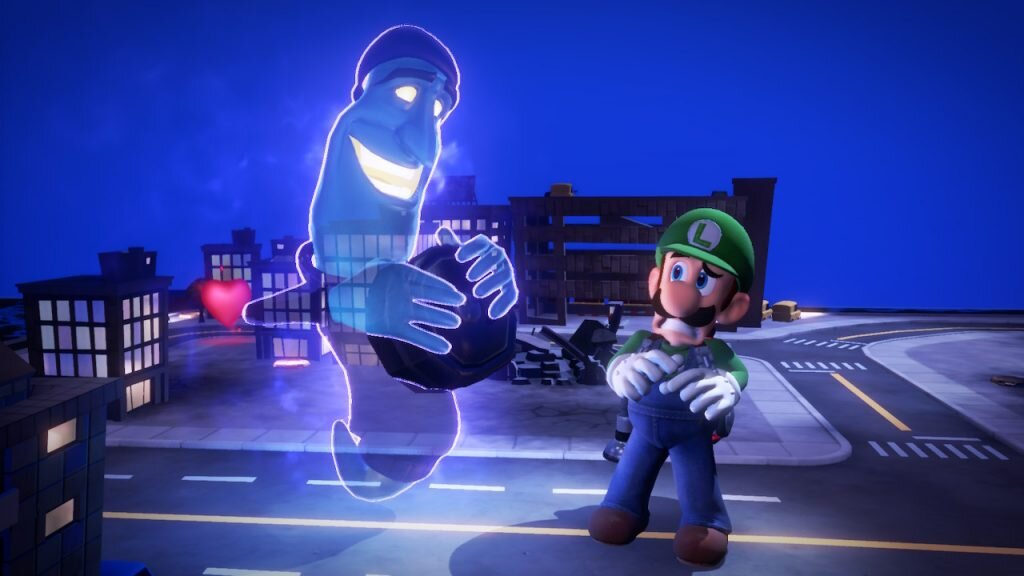Luigi's Mansion 3 Review - A Halloween Haunt Gone Right… Mostly
/Nintendo’s nothing if not business savvy - the widely adored third entry in Nintendo's haunted-house franchise, released on Halloween, follows-up on the improvements introduced in Luigi's Mansion 2 for the 3DS while simultaneously providing a holiday alternative to the Pokemon releases. With a few gameplay improvements, gorgeous set design and lighting elements, a supremely useful sidekick/co-op partner, and a ghoul-infested hotel to explore, developer Next Level games has gone above and beyond expectations... or so it would seem on paper. The question I didn’t expect to be asking myself was, does the relatively thin gameplay premise of sucking up ghosts hold any serious appeal for anyone above the age of, say, twelve, who values their time? Let's shine a light on this mystery.
The story is as simple as it gets, though it's charmingly told. Mario, Luigi, Princess Peach, and several Toads take up a mysterious invitation to a luxury hotel. Upon arrival, they are welcomed by the stylish, Cruella De Ville-esque hotel manager, then settle into their rooms and doze off, only for Luigi to awaken at the familiar sound of Peach crying for help. As it turns out, the manager is in fact a ghost, and has conspired with King Boo to trap Luigi's companions within magical picture frames. Luigi barely escapes through a laundry chute, and is soon reunited with the newest Poltergust 5000 model, and eventually with Prof. E. Gadd, his single-toothed ghost-hunting ally.
This Tour Takes A While To Take Off
Naturally, the new Poltergust 5000 boasts new features, and since I skipped Luigi’s Mansion 2, my only point of the comparison is the original game, which was both leaner and meaner. Regardless, this time around, the Poltergust can blow, suck, release a gust of air that functions as a jump, charge up a burst of light, fire a plunger that can be used to pull on certain surfaces, and flash a blacklight that can transmute certain paintings into objects or people. Most importantly, the gooey puppet Gooigi, who had a part to play in Luigi’s Mansion 2, returns in a big way as the game’s most well-utilized mechanic.
After being appropriately armed, Luigi's grueling rescue mission unfolds as you journey upward through the tower of terror, clearing one floor at a time by navigating series of ornately-styled puzzle boxes and fighting off lesser specters to get to the chewy boss at the center. While some floors are longer than others, and some feature little more than a major boss battle, all have their own flavors, challenges, and charms, though not all are created equally.
Each of the hotel's fifteen floors feature signature personality touches that shine, glow, and cast dynamic shadows. Some of them provide unique puzzles and are an absolute joy to play (B2, except for the terrible boss fight, the Movie Studio, the Egyptian floor), while others seem half-baked (the garden, medieval torture chamber, restaurant).
If the art direction, charm, and pranktastic hijinks of the ghosts themselves don't win you over, the puzzles provide varying degrees of quality game time. On that subject, you'll be taking on a range of different tasks. On B2, Luigi gets to do actual plumbing work. In what other game can you command a puppet to crank valves and outrun time-based traps while you float around on a rubber duckie tube? Alternatively, you might just breeze through these would-be brain-teasers like I did. If you've been around the block long enough to have remembered old-school adventure games and/or the arcane mind-benders of the ‘90s survival horror craze, you'll likely find the puzzles to be simple to the point of disappointment.
To Collect Or Not To Collect, That Is The Question
Dear Next Level Games, when half of the charm of your title is interacting with your environment by wielding multiple tools that take chunks of the player’s time to experiment with, you'd ought to at least provide some tangible reward to the more intrepid and inquisitive players, no? Throw a bone to the longtime Nintendo fans beyond collect-a-thons for the sake of collect-a-thons? Sure, there are collectible gems strewn about each level, randomly appearing Boos, and hidden rooms, but the vast majority of the time, when you interact with random objects, you're rewarded with coins (or cash), which is ultimately useless beyond buying lives or hints for finding more gems. This is about the only game I've played where dredging up giant gold bars means nothing but wasted time, and the often too-well-hidden secrets are more trouble than they're worth. To me, it's like Polterpup chasing his own ectoplasmic tail, but true collectors (people who 100%-ed Banjo-Tooie, I know you exist!) might love the chance to peek through cracks in the walls at hidden objectives and hunt them down one by one through the process of trial and error (and purchasable hints).
I'll say this, though - exploring the levels themselves is a blast, mostly due to the splendid art direction, soundtrack, and dynamic lighting effects that make the most of the Switch's hardware, with some non-invasive frame drops in docked mode (they get worse playing handheld). Luigi himself is a nervous wreck, which shows that the animators put some love into their work. If nothing else, Luigi gets (nearly) top marks on presentation. The boss battles are highlights, too, ranging from killer bus-boys, disgruntled concert pianists, overly zealous chefs, and a dozen or so more I'd dare not spoil; when the going gets tough, the game gets fun.
The central combat cycle in Luigi's Mansion games remains the same. Stun the ghost somehow, suck ‘em into your Ghostbusters-ripoff machine, and while their tails are hooked, slam them repeatedly into one another until they give up their non-corporeal rights and come quietly. While a good flash from the Poltergust's bulb used to be enough to get the job done, ghosts have adapted by using sunglasses, shields, or other means of deflecting light, so you'll often need to find clever ways to create openings. Even so, combat was a cinch, minus the few times when I had to fight the controls.
Get A Grip, Luigi! What’s The Controls, Again?
Let's be clear: it's not that Next Level and Nintendo failed entirely at providing options for alternate control schemes for poor Luigi. They at least tried, but what they should have done was make the controls 100% fully customizable, rather than forcing certain actions to be mapped to multiple buttons. I shouldn't have to move my index fingers from the triggers to hit face buttons and hold ZR with my ring finger because both of my thumbs are occupied. Luigi also can't readily switch between strafing and moving freely while using any of his abilities. This would have been solved by a simple Z-targeting system.
It's maddening, because I know this game could be so much more challenging. All the elements of a classic Nintendo title are there: fascinating physics, a simplistic but passable 'battle' system that's more about figuring out puzzles and knowing when and where to strike, and a ton of unlockables all ought to have been more effective than the sum of their parts, and they might have been, were the game only a tad more polished, more challenging, and more accessible.
With that all said, there were some true highlights. About 40% of the bosses are actually really cool and well-designed, and several put a smile on my face. Gooigi is utilized just right, and at times you might be sitting there scratching your head only to think, "Aha! This is a Googi job!" and most often, you'll be right, smiling smugly as that gelatinous green puppet navigates grates, bars, holes, and cracks in the walls to net the player their well-deserved dopamine spike.
One of the marketing points that paid off was co-op, with one person playing as Gooigi. Unfortunately, because Gooigi doesn't come into the picture until the first couple of hours, there will be some catching up required for your co-op partner. There are also a few mini-games: nothing that would give Mario Party a run for its money, but they get points for trying. As mentioned before, the presentation is strong, bolstered by iconic, instrumental mood music and appropriately-lit environments with surprising and novel gameplay elements that don't ever wear out their welcome (at least, as far as the game is concerned).
This Is Going On The Yelp Review
Luigi's Mansion 3 might not be my cup of tea, but there are folks who will love this game to death (as evidenced by glowing reviews). Collectors, kids 8-13 who enjoy puzzles or playing with parents, guys with girlfriends who think cartoon ghosts are cute, and Nintendo diehards who saluted with the late Mr. Iwata during the Year of Luigi (2013-14) - most of the above might appreciate the gift as a solid stocking stuffer. It's questionable as to whether this title boasts enough (quality) gameplay (11 or so hours for a casual playthrough, 16-20 for collectors) to warrant the $60 price tag, so I’ll offer my frank assessment.
If you can tolerate your puzzle boxes beautifully rendered and charming rather than merciless, or just want to have a pleasant experience playing alongside a spectator (my wife enjoyed watching the game more than I did playing it), I suppose you could do worse than Luigi's Mansion 3.
7/10
Highlights
(+) Excellent production values with dynamic lighting and instrumental score.
(+) Most of the game supports co-op play.
(+, -) Fun, if easy, puzzles that kids will enjoy.
(-) Not much challenge for seasoned gamers.
(-) You can’t rebind certain controls, making complex actions difficult.
(-) Multiplayer mini-games lacking.
(-) Zero scare factor present even in the original title for NGC. (GameCube)
What I Played
Beat the entire game. (I estimate 11 hours or so)
Unlocked 24 gems.
Coins-wise, collected more money than I make in a year.
Caught 3/16 Boos.





















Assassin’s Creed Shadows greatly blends the classic Assassin’s Creed stealth with the RPG elements of recent entries. Its dynamic world, seasonal changes, and improved stealth mechanics make exploration a joy, but Yasuke’s restrictive gameplay, overall story, and a half-baked notoriety system hold it back.